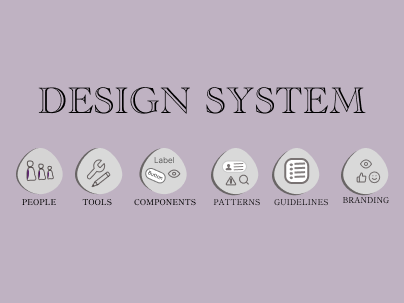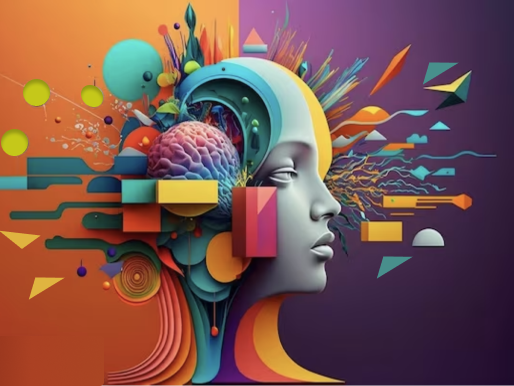AI Revolutionizing Digital Experiences
Read Time: 4 - 8 min
In today’s digital world, user experience (UX) and user interface (UI) design are undergoing a significant transformation, driven by advancements in artificial intelligence (AI). The introduction of AI is empowering creative professionals to push the boundaries of design, enabling the development of more innovative products and experiences at a much faster pace. AI is bridging the gap by analyzing massive datasets (real live data), predicting user behavior, and even generating design components automatically. This shift is not only redefining how creatives work but also enhancing the way users interact with digital products.
Understanding AI’s impact on digital products is no more option it’s essential for all the players in the product life cycle.
Hyper Personalization
Understanding AI is allowing companies to move beyond one-size-fits-all digital experiences mind frame. AI is helping in analyzing huge datasets, helping product owners, product managers, and designers understand user behavior, preferences, and engagement patterns like browsing patterns, click rates, and past interactions. AI is helping to build personalized interfaces that dynamically adapt to each persona. Netflix and Amazon are great example of hyper personalization as
they tailor suggestions based of user’s past user interactions with their systems—it’s not just only smart and engaging but it is also profitable which leads to increase in revenue, longer engaging sessions and higher conversion rates.
Predicting User Needs Before
AI is not only analyzing real live datasets, but it is also predicting user needs, suggesting content to keep users engaged and ways to reduce the friction between the systems and humans by completing actions before users explicitly asks. For example- Amazon, smart assistants can suggest actions based on previous behavior, like scheduling reminders or auto-filling forms. These predictive capabilities are making interfaces more rich, intuitive and proactive leading to seamless customer journey which is a hall mark of good UX/UI.
Evolution of Design Tools Leading to Faster Design Artifacts
Design tools are rigorously incorporating AI into their tools making them more efficient and usable for their users by assisting designers in real time. Tools like Figma, adobe XD and sketch have included AI feature –layout suggestions, color palette recommendations, and content-aware resizing. Some of the AI powered platforms are even generating the entire flow, wireframes and prototype based on simple input by the users. This is reducing repetitive tasks, allowing product managers to focus more on strategy, iterating on the feedback quickly.
Voice and Conversational UI
Since last few years introduction and adoption of voice assistants like Siri, Alexa, and Google assistant have led to the rise of new design paradigms. Voice UI, powered by AI, is becoming a must have feature across apps and devices whether it's in customer support, e-commerce, or healthcare. Voice-based interactions are enriching user’s engagement. Product designers and UX/UI needs to think beyond screens—mapping out conversational flows, auditory cues, context, tone, and user intent.
Accessibility Improvements
AI is playing a critical role in making digital products/solutions more accessible. Tools like image recognition, automatic alt-text generation, and voice-to-text capabilities, real-time language translation, AI is helping digital products become more inclusive and compliant with global accessibility ADA and WCAG standards.
AI can scan designs for accessibility issues and suggest improvements, ensuring inclusivity by catering to people with special needs.
AI can scan designs for accessibility issues and suggest improvements, ensuring inclusivity by catering to people with special needs.
Data Driven Decision Making
User testing is one of the pillars of building user centric products. Product design decisions are no longer dictated by static user testing data. AI enhances this with real time analytics and A/B testing at scale. Business can now make data driven decisions quickly based on actual user behavior allowing for continuous optimization. A/B testing, heat maps, and behavior modeling have become more insightful. To drive innovation and impact, the product design team must partner closely with data analysts and champion a culture of continuous test/experimentation and learning.
As AI becomes more embedded in our creative work, ethical concerns must be taken care of. Poorly designed AI systems — having flawed privacy, bias, and transparency can damage goodwill and brand reputation. So, ethical design (risk management & regulatory compliance) must be a part of product strategy not an afterthought.
AI is not going to replace designers—it’s empowering them to push boundaries and build intuitive, personalized digital experiences as for me user experience goes beyond screens.


